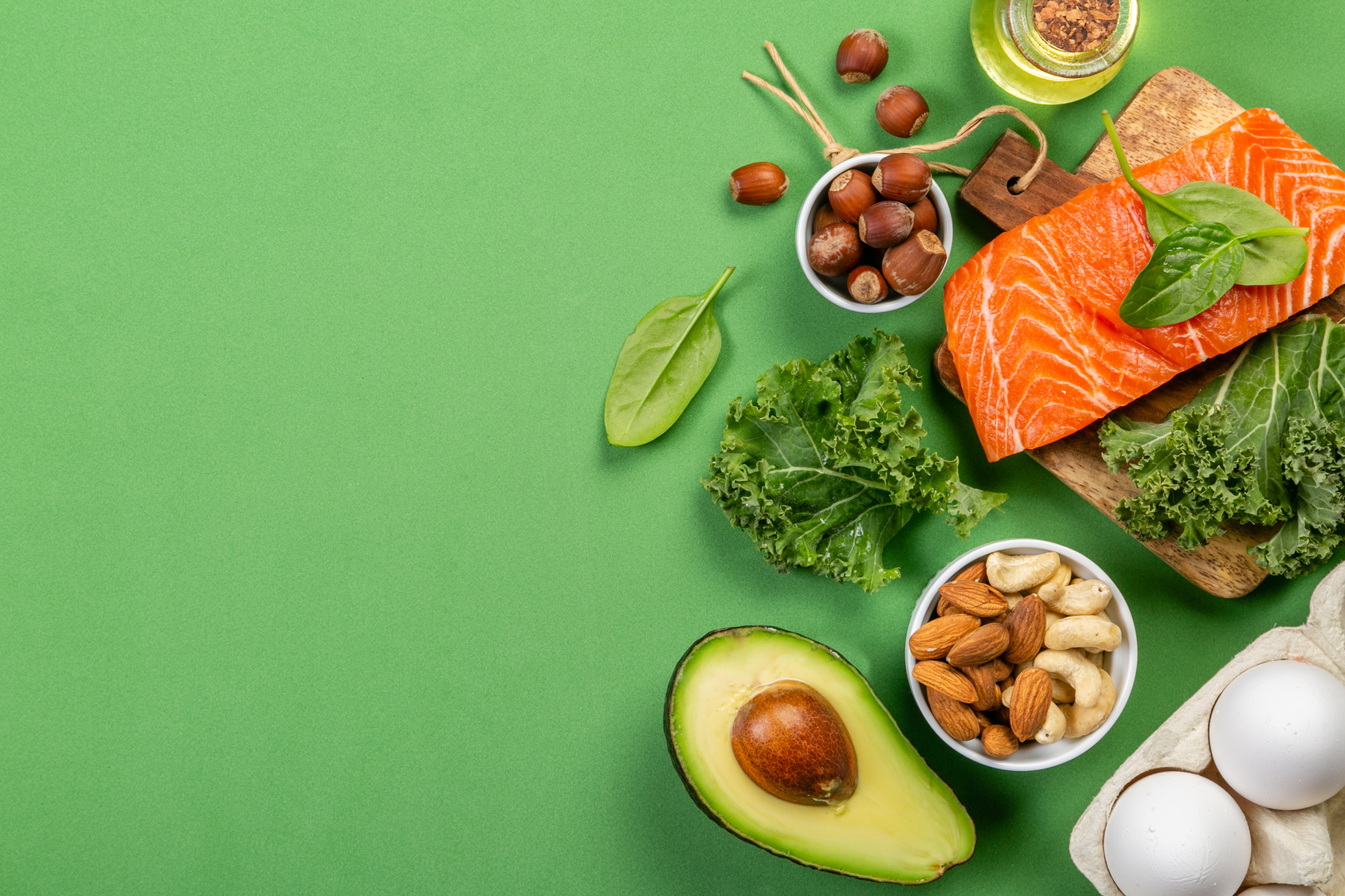When it comes to nutrition, weight loss, and dieting, there’s no shortage of information and advice. With millions of people around the world looking for ways to improve their health through healthy eating, the media and some ‘experts’ have somehow been able to misinform the public.
Visiting popular websites and reading books and magazines exposes you to conflicting nutrition and diet advice, leaving you confused. It has become difficult to know who to trust and which approach is best for you.
According to Start With Real, a weight loss clinic in Atlanta, it’s easy for individuals to become misinformed as they research the latest diet fads. Chances are you’ve considered different weight-loss options—and diet approaches—and may have fallen victim to a few diet misconceptions. Check out these five common myths about five popular diets and the facts about them.
Myth: Keto is About Eating as Much Fat as You Want
While it’s true that keto is a high-fat, moderate protein, and low-carb diet, that doesn’t give you the green light to eat as much fat as you want. With a ketogenic diet, you’re supposed to get 75 percent of your daily calories from fat sources. Your fat intake should be dependent on whether you want to gain or lose weight. But still, that doesn’t mean you take a pound of steak or bacon for your breakfast if you want to gain weight. The best sources of healthy fats include egg yolks, olives, healthy oils, full-fat yogurt, high-fat cheeses, fatty cuts of meat, fish, and avocado. Just remember you can’t eat all the saturated fats you come across in as much as you may want to.
Myth: Paleo is an Unbalanced Meat-Only Diet
Many people assume that the paleo diet is an unbalanced, meat-only diet and doesn’t include other healthy foods. This is not true. Ancient humans were both hunters and gatherers. They may have consumed a lot of meat but it wasn’t the only food they ate. They gathered vegetables, seeds, roots, nuts, fruits, fish, and much more. All these foods are part of the paleo diet. The paleo diet promotes whole, natural foods which have proven to be healthy over human history. You don’t have to worry about overloading on meat as there are other paleo foods to eat including nuts, seeds, seafood, healthy fats, fruits, and fresh vegetables.
Myth: The Atkins Diet Means Zero Carbohydrates
A common misconception about the Atkins diet is that it doesn’t allow the consumption of any carbohydrates. That’s not true since the Atkins diet is a low-carb diet- not a zero-carb diet- that restricts the consumption of carbohydrates while encouraging eating more high-fiber vegetables, lean protein, good fat, and fruits.
During Phase 1 of the Atkins diet, you’re required to limit the quantity of net carbs you eat to about 20-25 grams a day. This allows your body to use fat as its main fuel source instead of carbs, thereby jumpstarting your weight loss. It’s during this initial phase that people mistake the entire Atkins program to be a no-carb plan. Dieters are allowed to gradually increase their carbohydrate count until it reaches their goal weight and carb balance. Generally, the Atkins plan is a helpful tool that can not only help you manage your weight but also develop strong eating habits that will boost your health and contribute to your overall well being.
Myth: Whole 30 is Way Too Expensive
The Whole30 diet encourages the consumption of whole, unprocessed foods for a 30-day reset period. During this period, you’re required to completely cut out dairy, added sugars, legumes, soy, and grains. The fact that people are used to buying cheap processed foods is what informs the misconception that the whole30 plan is expensive. Of course, whole foods are more costly than highly processed foods. But that doesn’t make Whole30 expensive, especially if you take the time to plan ahead.
Start by locating a farmer’s market in your city where you can source fresh farm produce for the Whole30 diet. Buying a weeks’ worth of produce at the market can help you save money if you’re on a budget. Shop around to find cheaper products and ingredients. You really don’t need to buy all the specialty items or try all the Whole30 compliant recipes on Pinterest. Take it easy and make simple meals yourself to save money. That said, when you consider how much you spend drinking wine and eating out with friends, you’ll realize you can save money on this diet program.
Myth: Apple Cider Vinegar Can Help Boost Your Metabolism
You may have read from online articles or magazines that apple cider vinegar can help you drop those pounds quickly. And because, like most people, you were looking for a magical weight loss option, you fell a victim to this claim. There’s no sufficient scientific evidence or research that links apple cider vinegar with increased metabolic function. There are many factors that determine how many calories the body burns in a day. As such, eating certain foods, like apple cider vinegar or chili pepper, won’t magically increase your metabolism to the extent that it contributes to your weight loss efforts.












